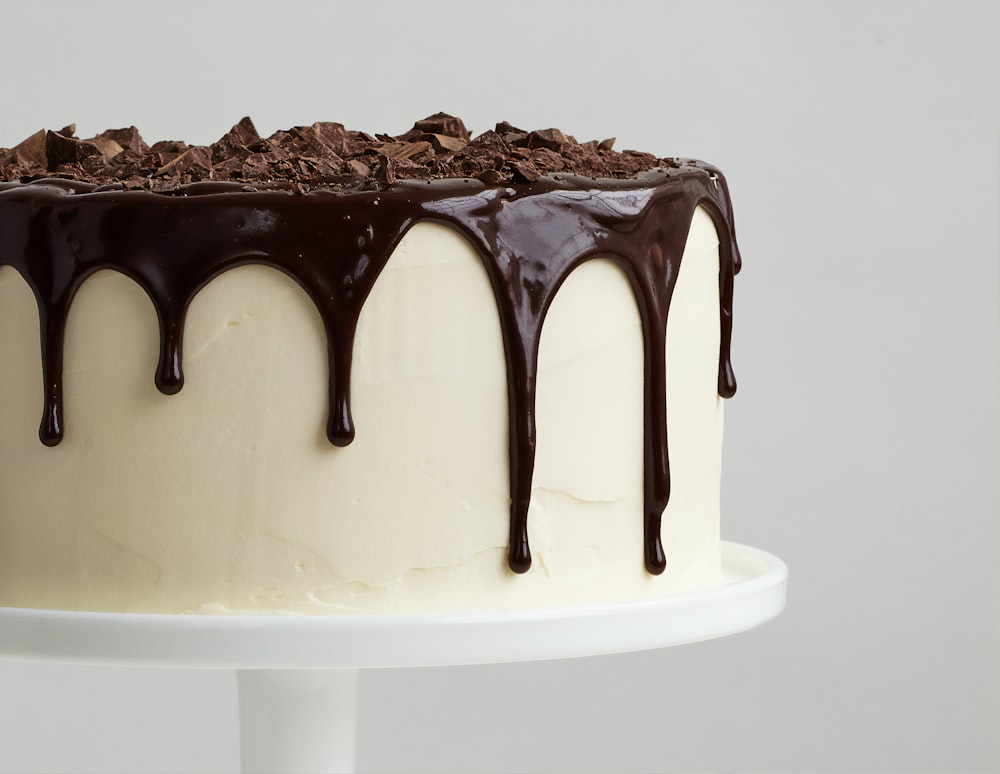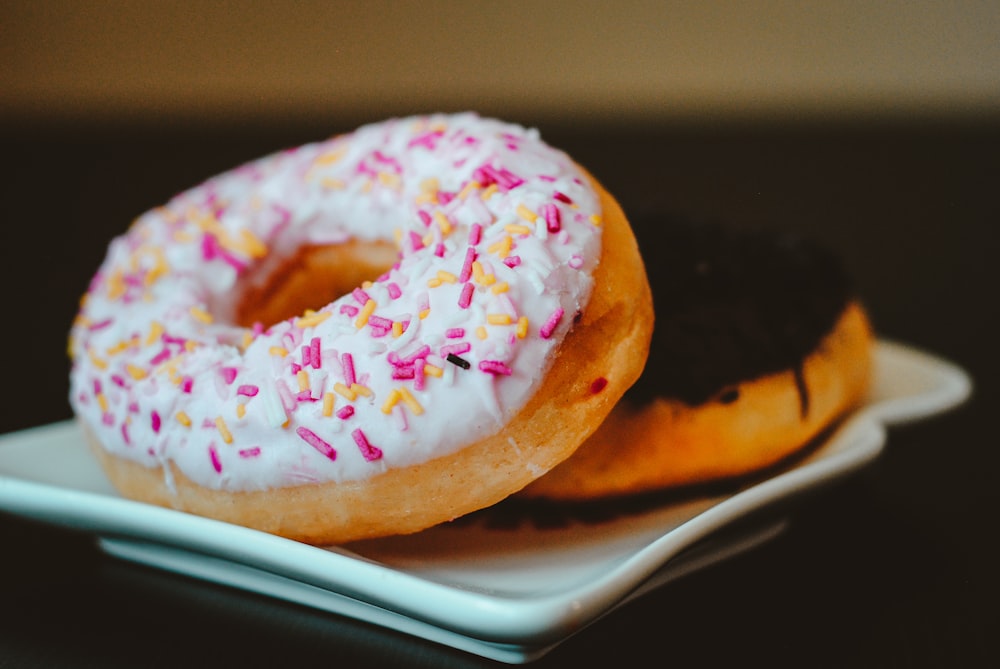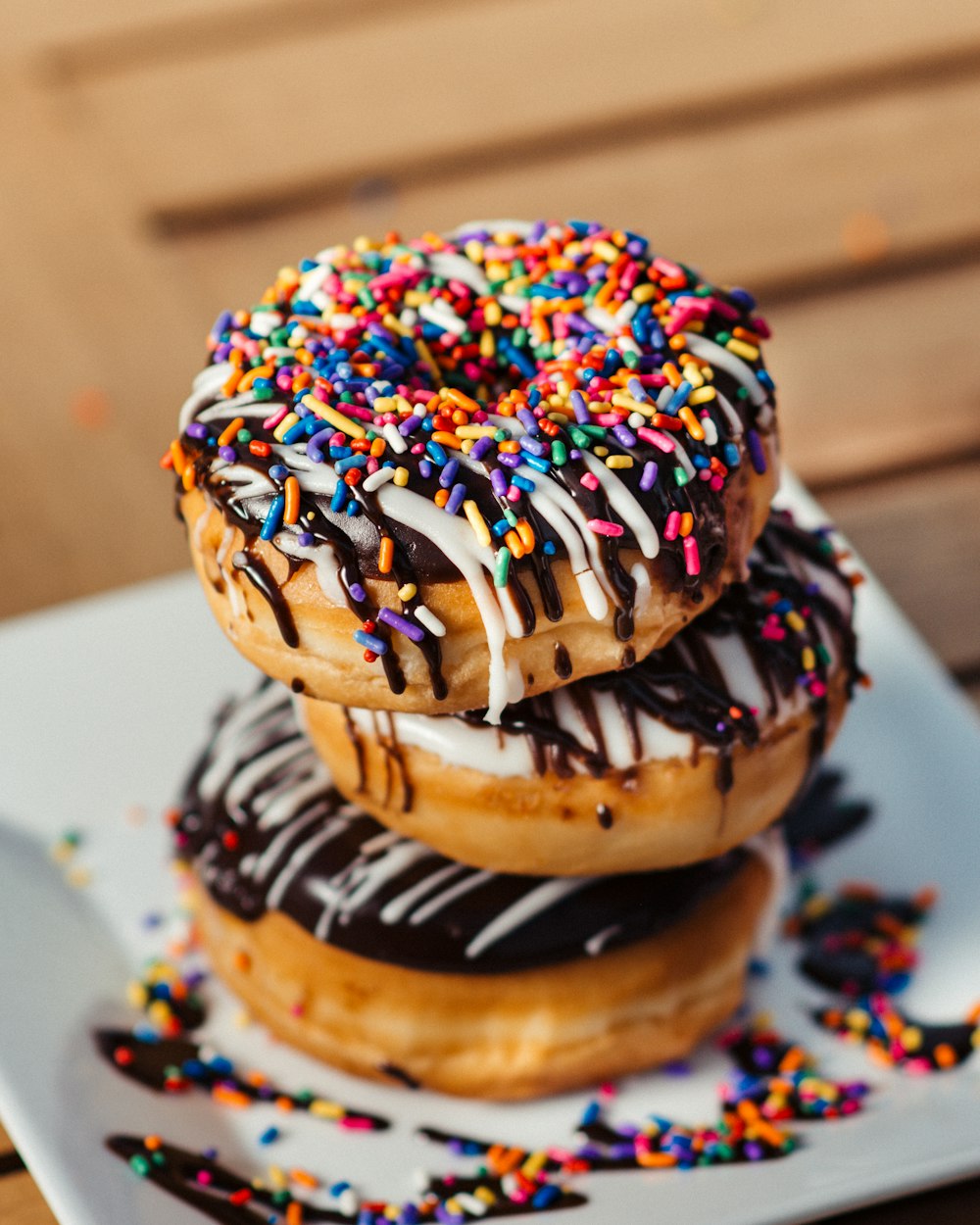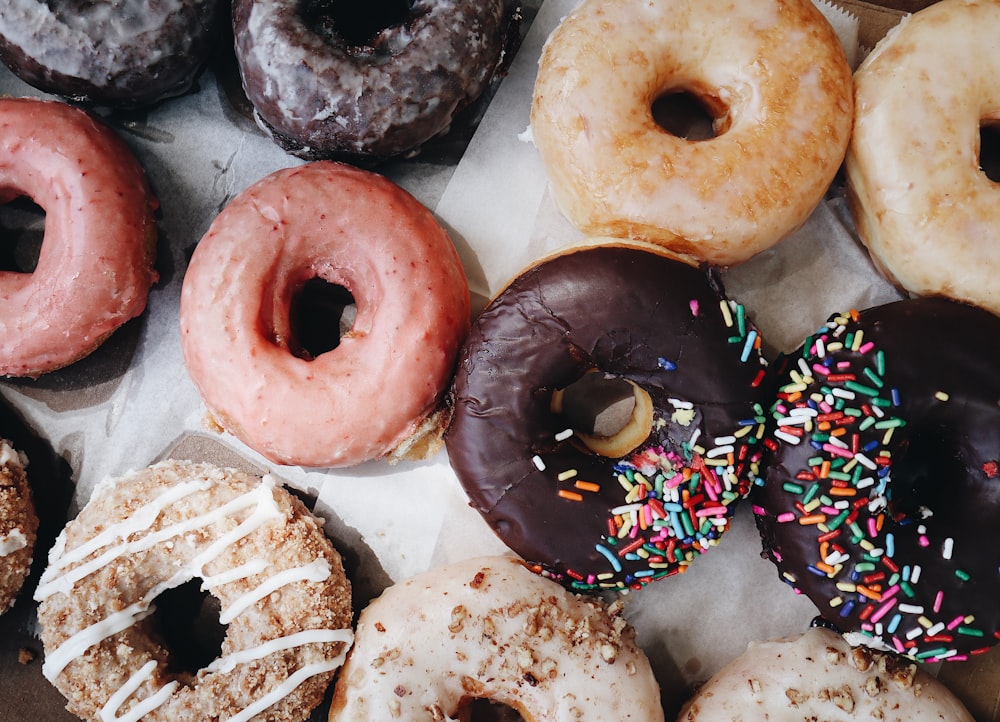
There's something magical about biting into a freshly made donut – that perfect combination of a slightly crisp exterior giving way to a soft, fluffy interior. While donuts might seem intimidating to make at home, with the right techniques and a bit of patience, you can create bakery-quality donuts in your own kitchen.
The Basics of Donut Dough
The foundation of any great donut is the dough. Traditional yeast donuts require time for proper fermentation, which develops flavor and creates that light, airy texture we all love. Here's what you need to know about making the perfect donut dough:
- Use bread flour for its higher protein content, which gives donuts their characteristic chew.
- Don't rush the rise – a slow fermentation in the refrigerator overnight will develop more complex flavors.
- The dough should be slightly tacky, but not sticky. Too much flour will make your donuts dense.


The Perfect Frying Technique
Frying donuts is where many home bakers get nervous, but with a few key tips, you'll be frying like a pro:
- Use a deep-fry thermometer to maintain the ideal temperature between 350°F and 360°F (175°C to 182°C).
- Don't overcrowd the fryer – this drops the oil temperature too much and results in greasy donuts.
- Fry for about 1-2 minutes per side until golden brown, then drain on paper towels.

Glazes and Toppings: Where Creativity Shines
Once your donuts are fried and cooled slightly, it's time for the fun part – glazing and decorating! A basic sugar glaze is easy to make and can be flavored in countless ways:
Basic Donut Glaze Recipe
- 2 cups powdered sugar, sifted
- 1/4 cup milk
- 1/2 teaspoon vanilla extract
- Pinch of salt
Whisk all ingredients until smooth. Dip warm (not hot) donuts into glaze and place on a wire rack to set.
From there, the possibilities are endless – chocolate glaze, maple frosting, sprinkles, crushed cookies, toasted nuts, or even filled with jam, custard, or cream.

Troubleshooting Common Donut Problems
Even experienced bakers run into issues. Here are solutions to common donut dilemmas:
- Donuts absorbing too much oil: Your oil temperature is likely too low. Use a thermometer and maintain 350°F-360°F.
- Dense, heavy donuts: You may have added too much flour or not allowed enough rising time.
- Donuts deflating after frying: The dough was likely overproofed or the donuts were handled too roughly when transferring to the fryer.
Beyond Traditional Donuts
Once you've mastered the classic yeast donut, consider exploring other varieties like cake donuts, crullers, or filled donuts. Each has its own techniques and charms, but all start with understanding the fundamentals we've covered here.

Final Thoughts
Donut making is both a science and an art. The science comes in understanding the dough fermentation, proper frying temperatures, and ingredient ratios. The art is in the shaping, decorating, and flavoring. With practice, you'll develop an intuition for both aspects.
Remember that even imperfect homemade donuts are usually delicious! Don't be discouraged if your first batch isn't picture-perfect – focus on the flavor and enjoy the process. Before long, you'll be creating donuts that rival your favorite bakery's offerings.
Happy baking (and frying)!
– The GrumpyBaker